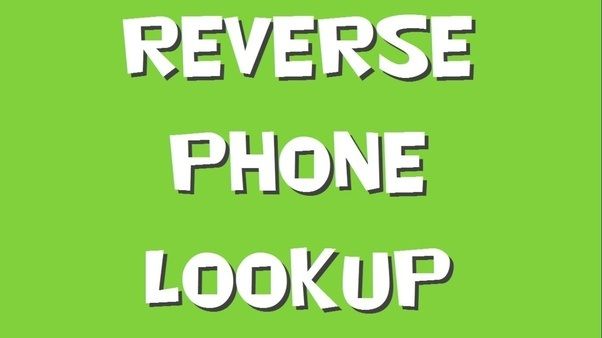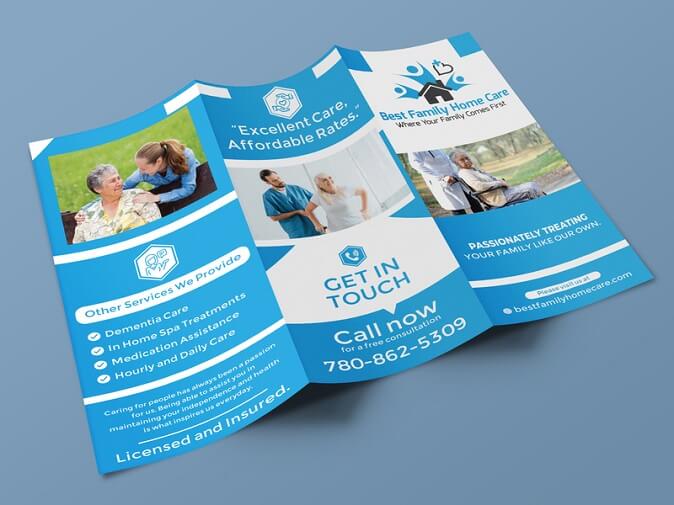If you are running a home business, you need a brochure must-haves type strategy to market your goods and services. An effective brochure aims at providing information about your brand or business in order to grab the attention of prospective clients.
However, you need to know how to design your brochure that it will leave a lasting impression on your prospects. If you are considering using brochures to market your business, here are some important design tips to keep in mind.
Define Your Customer
Before you start the process of designing your brochure, it is important to know who you are designing it for. When you know what kind of information or product your ideal customer is looking for, it will be easier to design the right marketing brochure. Once you know your target market, write adequate information that will attract them to your brand and compel them to take action.
Know Your Print Size
Before you print out your brochure, make sure that you pick a layout with the right print size for the brochure. The standard print size is 8 ½” x 11”. If you are going to use this layout, make sure that it fits perfectly on the paper you are going to print it on. On the other hand, shrinking or stretching the layout could interfere with the quality of the print resolution.
Use the Correct Paper
Another important tip is selecting the appropriate brochure paper depending on the type of printer you have. Most print services usually use the 80lb or 100lb stock paper. Typically, the 100lb stock paper can give your brochure a professional look. Additionally, you can add a varnish to avoid fingerprint marks, especially if you are using darker colors.
Allow Full Bleed
Full bleed is a printing technique that allows you to attain a print design that goes right up to the edge of the paper. If the brochure is not printed to the edge of the paper, it may result in obtrusive white spaces around the content.
When using the full bleed technique, expand the brochure design beyond the page borders for an extra 1/8th inch and trim the document in a way that it has complete color coverage from edge to edge.
However, it’s important to note that the amount of bleed can differ; hence, you need to test one brochure first before printing several brochures. This is especially vital if you are printing from home.
Consider Your Fonts
Believe it or not, a simple design with limited fonts can be incredibly effective. Use simple yet interesting fonts on your brochure to make it stand out from your competitors. Do your research on the internet and identify professional fonts that match the tone and style of your brand. Too many fonts and graphics can be overwhelming to the reader.
Use High-Resolution Images
Unique and meaningful images make your brochure design pleasing to flick through. If you want your brochure to look professional, use images that are of high-resolution; otherwise, your images will be blurred or pixelated.
A compelling picture shows your commitment to quality. When designing your brochure, it is recommended to print images with at least 300 dpi. What’s more, you can check out stock image sites for free high-resolution images.
Conclusion
Although social media marketing is growing in popularity, physical marketing media like brochures are undoubtedly a powerful tool to create brand awareness. The above tips will help you enhance your brochure design skill so that you can compel your target audience to read about you.






